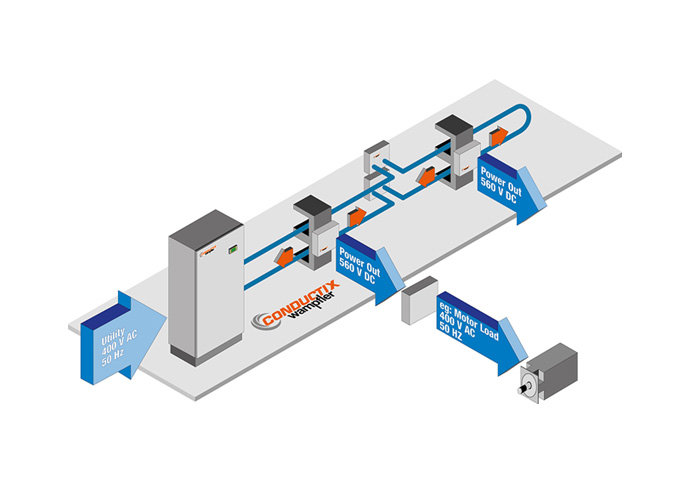Recommend
Remove File
Remove document <span id="remove-document-name"></span> from <span id="remove-cart-name"></span>?
As large urban areas deal with traffic congestion, space constraints, and air pollution, they will increasingly turn to “green” electric mass transit systems. Conductor rails for LRTs ( light rail transit), monorails, and APMs ( automated people movers) must be reliable, long-wearing, and energy efficient, while needing minimal maintenance. Transit operators demand the optimal conductor bar profiles and layouts to meet specific system operating requirements. They need engineering services, installation assistance, and commissioning oversight. Over time, steel 3rd rail systems will convert to highly conductive stainless steel capped aluminum rails to reduce energy consumption, lower installation costs, and minimize the number of power substations. These “green” rails must provide operating life equivalent to all-steel rails. Innovative PRT (Personal Rapid Transit) concepts need ingenious conductor rail solutions and technically advanced battery charging systems. Lastly, train operators need power and safe plug-in for vehicles parked in maintenance facilities.
For over six decades, Conductix-Wampfler has built a reputation as the global supplier of choice for “green”, energy efficient aluminum/stainless conductor rail solutions, contactless charging systems, and train plug-in power solutions. We have the engineering know-how, practical experience, and testing capabilities to be a partner in your success! We offer:
Conductor Rail Systems
Rail Testing
Stinger Systems – reduce the hazards associated with live plugging of parked trains
Application
IPT® System - elevator in tower
Operator
Expo Exhibition, Hannover (Hermes Tower)
Product
Inductive Power Transfer Rail System
Energy
3 kW
Track length
65 m
Specific features
space-saving, wear- and maintenance-free
Generally the basic function of Rail systems is the same as that of other Inductive Power Transfer systems. But there are some additional or specific aspects to consider.

Because vehicles are usually rail guided here and an elevated installation of the cable is possible it becomes also possible to use E-shaped pickups.
In applications with traveling track segments, i.e. switches in electric monorail systems (EMS), the experience with inductive power transfer can be used to supply such track segments inductively with energy.
Naturally contactless, inductive power transfer systems can also replace other conventional solutions, as cable chains or conductor rails in skillet lines, skids or in transfer cars if there are certain requirements on the solution, for example if voltage arcs at rail ends shall be avoided or if the access for maintenance underneath skillet platforms is very limited, environmental demands on the power transfer solution are high, etc.